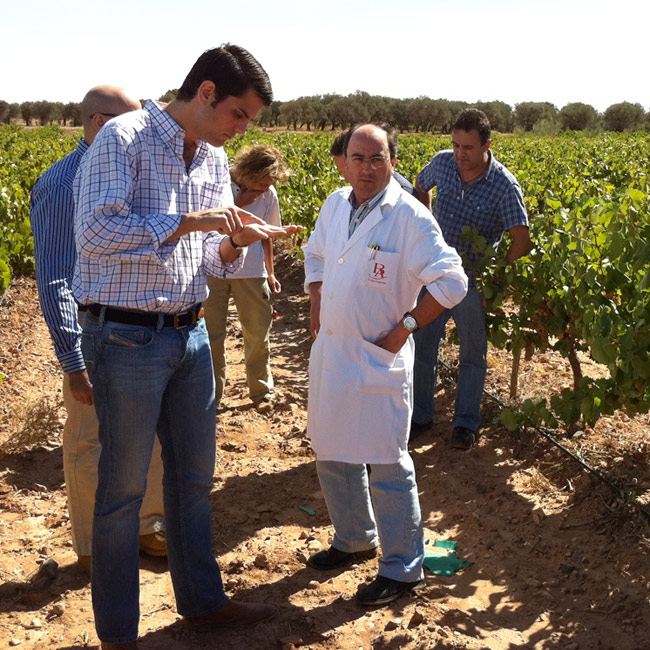Vivino’s User-Compiled Data Catalogs Millions of Wines
Rather than imparting paid suggestions upon users, the app relies on real reviews

For anyone familiar with buying or reading reviews of wine online, Vivino is not a new name. They’re the internet’s largest wine marketplace, connecting users to local shops that can deliver the bottles they desire. But as numbers can confirm, most people don’t buy wine online—citing a lack of personal knowledge and confidence in picking the right bottle. In fact, under 5% of wine purchases occur online. To change that (and to also be an archival system for the industry) Vivino upped its inclusion of user-submitted reviews, rather than relying on professional critics’ comments and international awards.

With a user count of 40+ million, over two million wines are looked up on Vivino each day. And there’s no limit to how many wines each user can submit—no matter if it’s a bottle from a well-known producer or an obscure vintage from a defunct vintner. The variation in each wine’s profile page comes from how many times each is reviewed. Taste characteristics are culled in a way that recognizes the frequency in which a word is mentioned. For a Joh. Jos. Prüm bottle of 2013 Riesling, for instance, there are 112 mentions of “earthy” notes.

Each profile also contains information pertinent to your personal preferences. A spectrum pinpoints how light or bold, dry or sweet, soft or acidic a wine is. It also makes note of where a wine is mentioned in Vivino’s round-ups and editorial, and where the wine ranks in the world. (For example, the aforementioned Riesling ranks in the top 2% and was rated 94/100 by wine critic Robert Parker.)
Scroll further down in the Vivino app and a definition for the category appears. Suggestions for food pairings are present here, and so are the map coordinates for the winery—instantly connecting a drinker in California, for instance, to a winery in Germany. This intercontinental connection, the ability for the world to wax poetic about their personal favorites, all while doing the work of archiving the bottle’s origins, notes and more, is where Vivino’s true purpose lies.

“The numbers may seem crazy, but they just mean we know almost every single wine out there,” founder Heini Zachariassen tells CH. “And we’re getting to a point now where even the most obscure things are going to be rated. For me, that’s one of the cool things with this: if you make great wine, some of our users are going to find it and rate it. That just didn’t happen in the old world of wine critics. You had to submit and then maybe you get rated. But now we have 40 million users looking for the good wine, which gives the small wineries a chance to be seen—and I think that’s amazing.”
While the app certainly provides a platform for emerging producers, it does far more than that for the industry as a whole. Front-facing, it services consumers. But within, there’s data on every single facet of the production process: which grapes varietals are dwindling, which regions of the world are experiencing a sudden boom in wine consumption, which vintages are still out there and drinkable, and much more.

“Our entire objective in the world is for people to drink better,” Zachariassen continues. “But it’s one wine at a time. Now we have over 200,000 producers [on the app] and over 10 million wines.” All these insights afford Vivino the potential to be one of the industry’s most valuable assets. For example, they can tell how long a specific type of wine will hold up if you use a certain type of grape by referencing reviews of previous years’ vintages. They could also detail emerging trends, like which grapes are growing best versus which get used, and ultimately develop a theory surrounding that.

Zachariassen has an inkling for where the industry is headed, and it’s online. “Why do we do that? Well, because it’s more convenient,” he says. “There are better prices, better selection, better recommendations and reviews.” And as platforms like Vivino help smaller producers grow their audience, more and more may see the value in buying into an online marketplace. “Buying wine is hard. There’s an anxiety. Is this good? Is this bad? That’s where we think our data can come and help you. We know this [wine] is good because 800 people said so,” Zachariassen continues. “And that risk? We want to take that down.”
Images courtesy of Vivino












